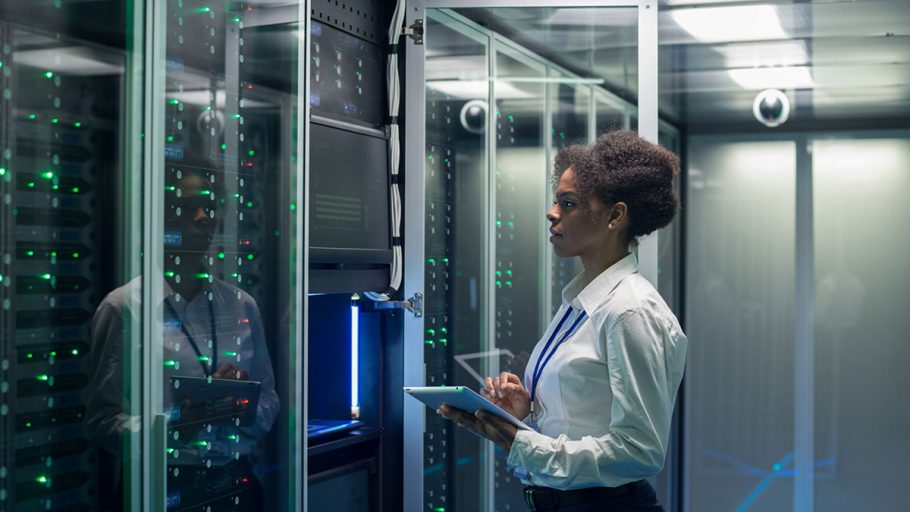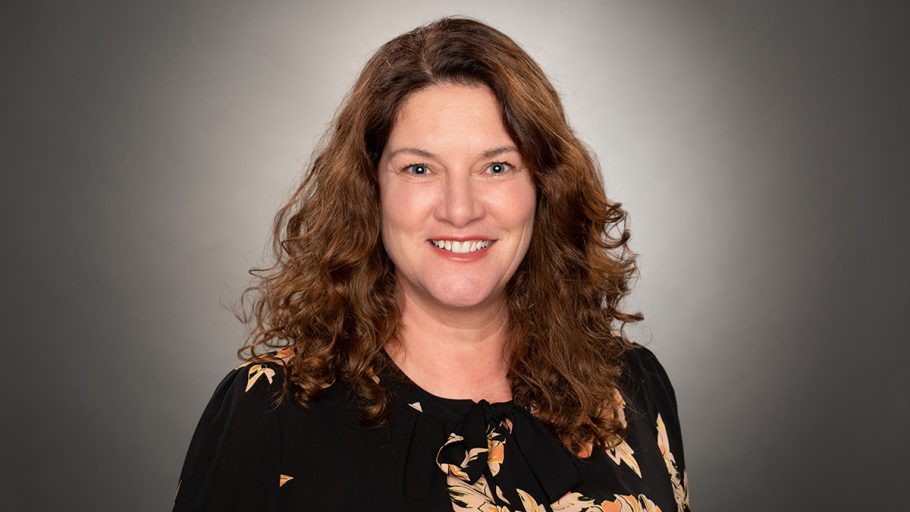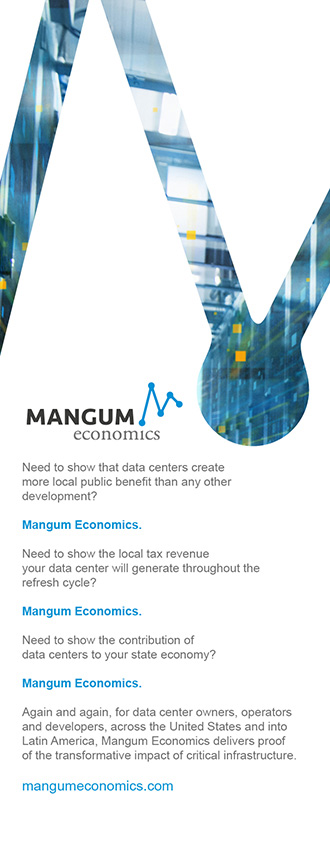There will be an estimated 300,000 unfilled jobs throughout the digital infrastructure industry in 2025, according to an Uptime Institute survey that informed the SOTI. I think the situation is worse. As the iMasons report notes, our industry needs general contractors and construction workers to build data centers and electricians, technicians, and mechanical engineers to wire them up and operate them. The problem is that our industry’s need is just one part of a booming global infrastructure and manufacturing ecosystem where the demand for skilled tradespeople is soaring. For example, an estimated 10.3 million jobs will be created to make the energy transition away from fossil fuels, according to the World Economic Forum, and an estimated 345,000 construction workers are needed in the US to build roads, bridges, pipelines, and powerlines as part of the Bipartisan Infrastructure Law, according to the consulting firm McKinsey & Company.
In addition, an estimated 30 percent of the skilled trades workforce is looking at retirement within the next decade. That means we have a shrinking talent pool on top of an expanded need. What’s more, too few people are racing to fill the employment gap. In a recent McKinsey & Company survey of 1,000 high school students, 70 percent reported they would not consider going into the skilled trades due to an underlying stigma associated with these professions, and 80 percent of respondents said their parents would only support a four-year college. To tighten the screw one more turn, we’re competing for this shrinking pool of talent from a marketing deficit. Mainstream media has done a remarkable job in the past six months reporting on the energy demands of data centers without connecting the dots to the digital services that data centers enable. Nor is the media talking about the stable, well-compensated career opportunities in the digital infrastructure industry that support the digital economy. The burden is on us to change the narrative and attract a new generation of workers into our industry.
I break the task of attracting people into our industry into four categories. First, we need to focus on pipeline development, which happens when high school students are beginning to figure out where they want to go in their careers and what type of industries they are interested in. To do this, we should partner with high school career counselors in communities where data centers tend to cluster, such as Northern Virginia and Phoenix, and raise awareness of the opportunities in the digital infrastructure industry. More generally, we should proactively work with schools and communities on educational campaigns that connect the dots between the technology students rely on—smartphones, PCs, online banking, content streaming, remote work, telemedicine, and on and on—and the digital infrastructure that enables these digital services. We need to be better at meeting people where they are and creating interest around the exciting opportunities in digital infrastructure.

The second thing we need to do is enable people already working in other industries to transition to ours. As the SOTI notes, many leaders in the digital infrastructure industry today built and operated other types of major infrastructure earlier in their careers, from airports and hospitals to hotels and stadiums. Some firms have met success hiring mechanical and electrical engineers from the oil, gas, aerospace, and other mission-critical industries. We need to continue to champion military veterans and transition armed forces personnel as an underutilized talent resource. They have experience operating and maintaining complex machinery and systems from aircraft carriers and nuclear submarines to mobile operations command centers. To bring them into the industry, we must make them aware of the available opportunities and invest in their training. A key for the digital infrastructure industry to find success in workforce retraining efforts is to drop the emphasis on direct industry experience in job postings. Rather, we must ensure that the resources for retraining and reskilling are available to people looking to transition into digital infrastructure careers. We can teach data centers; what we need are people who have backgrounds in critical thinking, system level analysis, and the ability to adapt and adjust and learn.
Third, I believe organizational changes are required throughout the digital infrastructure industry to be more inclusive. Today, just 10 percent of the industry’s workforce are women. I’m the global chair of IMWomen, which aims to increase diversity and the number of women pursuing careers in digital infrastructure as well as increase the visibility and career advancement of women currently in the industry. There’s ample opportunity to bring more women into the industry, but it will require organizational change. This includes a forensic analysis of hiring practices and promotion practices to evaluate barriers to hiring women and whether the organization is an environment where women can thrive. When we bring women into the industry, we also need to do the work necessary to keep them in the industry. That means creating fair and equitable business practices, making sure women participate in the candidate interview process, and making sure we’re promoting a culture where women’s voices are heard and respected and where everyone gets to participate in the success of the company. After all, we know that a more inclusive environment is a more innovative environment, which means we’re going to get better solutions to the hard problems that we’re trying to solve.
Finally, we as an industry need to collaborate on attracting people to careers in digital infrastructure. Today, individual companies in our industry run educational and workforce training programs; they also poach talent from each other. Larger and more resourced firms lure away talented workers from smaller companies within our industry. We also tend to be insular. We need to expand our outreach beyond just our own industry. Within our industry, we should hold space at events for students and other people interested in the industry—we need to build awareness for others to join. At IMWomen, we make a place for women to gather before industry events start so that they can enter with the strength of a community and understanding that they are not just one—they are many. It changes people’s experience and encourages them to participate. We need to stop thinking of our labor pool as competitive and independent. We collectively need to look at how we can build the talent pipeline, foster workforce development programs, share best practices, and do more with the people we have.



